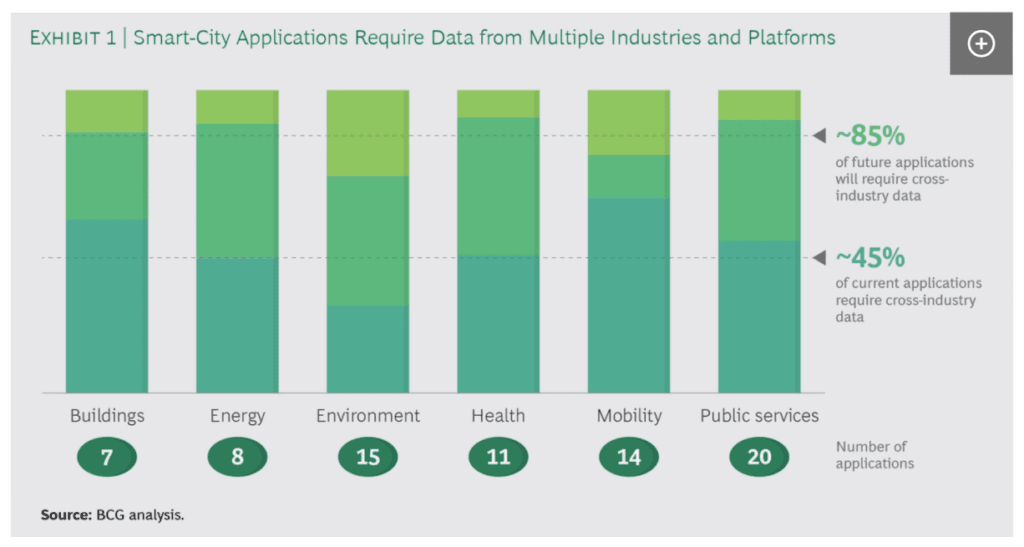How Plug and Play is Key to Bringing IoT into the Future
How Plug and Play is Key to Bringing IoT into the Future
- Last Updated: December 2, 2024
IoTerop
- Last Updated: December 2, 2024



Back in 1995 and 1998, Microsoft and Intel respectively introduced the concept of Windows Plug and Play and Universal Serial Bus (USB) on PCs. What happened? PnP and USB thankfully made it so even my mother could replace a mouse.
Reducing the complexity, time, specialization, cost, stomach acid, and swear words needed to manage PCs shifted market economics. Want a window into what happened? Innovation accelerated while the cost of operating PCs shrank.
IoT creates value by changing the economics of collecting and acting upon data, but getting to meaningful adoption numbers will require future-proof IoT strategies with predictable, manageable cost structures.
Need proof? Just do a search on Amazon for “USB devices” or an internet search for “PC ownership trends in US households," which has gone from under forty percent to nearly ninety percent since 1997.
USB and PnP weren't the only reasons, but they contributed to becoming a thriving PC ecosystem.
Lessons for IoT
IoT today reminds me of those early PC days. IoT is still the costly domain of experts who speak using words unfamiliar to most people and have a soldering iron cluttering their desk. PCs were always great, but it wasn't until the costs and complexity of owning a PC came down adoption skyrocketed.
Knowing that corporate deciders are systematically averse to risk, cost, and complexity, we must ask ourselves what we can do better in IoT?
Developers
IoT development is currently the domain of costly experts. This must change. From device to the cloud, everything from connectivity to security to firmware updates should be standardized, reusable, and documented.
Reducing developer resources needed to build and maintain solutions supports both IoT solution cost models and the macroeconomic conditions necessary to accelerate innovation.
The lower the cost and technological barriers to building new solutions, the more innovative ideas will find their way to market.
Data
Data is the new oil, except that unlike oil, data uses are limitless and do not directly pollute. So why aren’t we doing everything possible to facilitate sharing data? Research consistently shows organizations struggle to share data even in smart cities where the benefits are so clear. Boston Consulting Group research shows "IoT-enabled applications rely on limited, siloed data.” We need to break the silos. Just like we define open APIs, we need to define standard data formats.

Credit: Boston Consulting Group, The Risks and Rewards of Data Sharing for Smart Cities.
Different industries are already working on this problem, like South East Water (SEW) for water metering. SEW defined fifty-nine data objects for smart water metering under the Lightweight M2M standard (LwM2M).
Anyone building smart water metering solutions can use these data objects for free. If we all used the same underlying data models, the shared data could better manage water, the world’s most precious resource.
Securely sharing data while respecting privacy concerns should be as simple as a business decision and a few mouse-clicks.
Device Management
All IoT devices require certain device management services to manage operational costs, including but not limited to zero-touch provisioning, security, firmware updates, and data reporting.
Then there is the question of how to future-proof IoT investments. Choosing a device management platform to operate devices securely should be a business decision, not an IT project. In IoT, like all industries, businesses will come and go. The regulatory environment will evolve. In the last twelve months, ARM Pelion was spun-out, and we had the passage of the US IoT Cybersecurity Act.
As our world continues to digitize, IoT adopters must cost-effectively support IoT devices using whatever standard device management system makes sense. Likewise, IoT device manufacturers and markets benefit from interoperability standards support. The inverse also being true of proprietary-based solutions.
Meaningful Scalability
IoT adoption hasn't failed to meet early expectations because we can’t scale the technology to support millions of devices but haven’t paid enough attention to business concerns. Other industries can show us the way.
Look at how the GSMA and global cellular standards are starting to shape IoT. Now a single NB-IoT or LTE object can be deployed anywhere in the world, providing small and big organizations access to global markets. LTE and NB-IoT module pricing keeps going down, driven by aggressive Chinese adoption. And with no connectivity infrastructure to deploy, cellular networks improve the economics of large deployments and proofs-of-concept. Non-cellular networks have their use-cases, but it is hard to argue against this kind of economic rationalization as market studies increasingly show.
Gartner said in Hype Cycle for IoT Standards and Protocols, June 2020, “LwM2M simplifies and unifies IoT application development.” Agreed also provides essential device management services to manage IoT solutions while supporting forward-thinking IoT strategies.
Take a moment to listen to what Itron’s Senior IoT architect David Howard has to say regarding LwM2M device management’s strategic importance.
Conclusion
IoT creates value by changing the economics of collecting and acting upon data, but getting to meaningful adoption numbers will require future-proof IoT strategies with predictable, manageable cost structures.
The market is speaking, saying, “IoT is not enough. We need a strategy.” Is anybody listening?
The Most Comprehensive IoT Newsletter for Enterprises
Showcasing the highest-quality content, resources, news, and insights from the world of the Internet of Things. Subscribe to remain informed and up-to-date.
New Podcast Episode

Moving Past the Pilot Phase in IoT and AI
Related Articles





